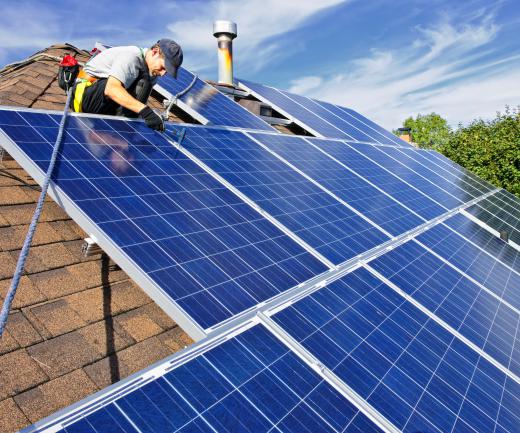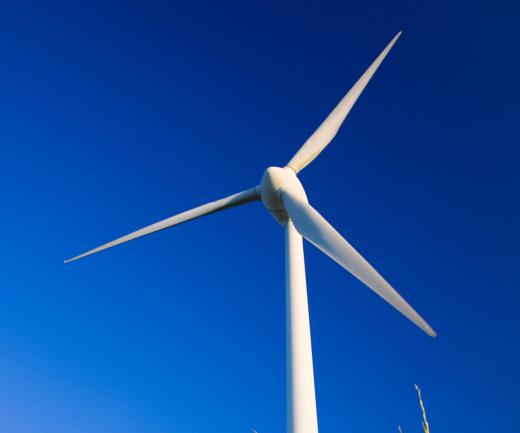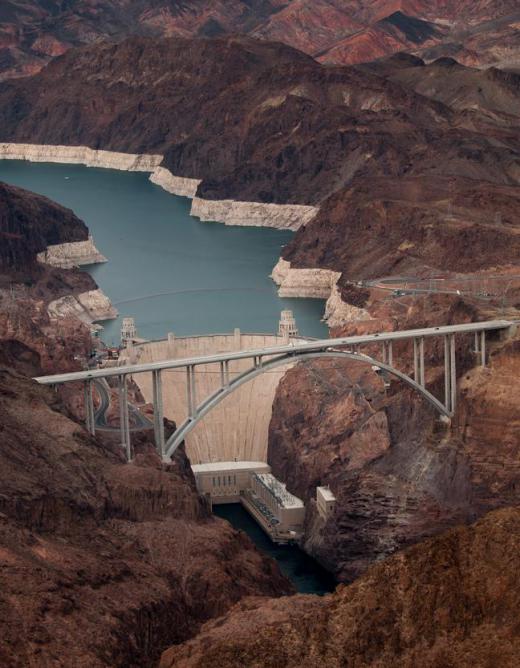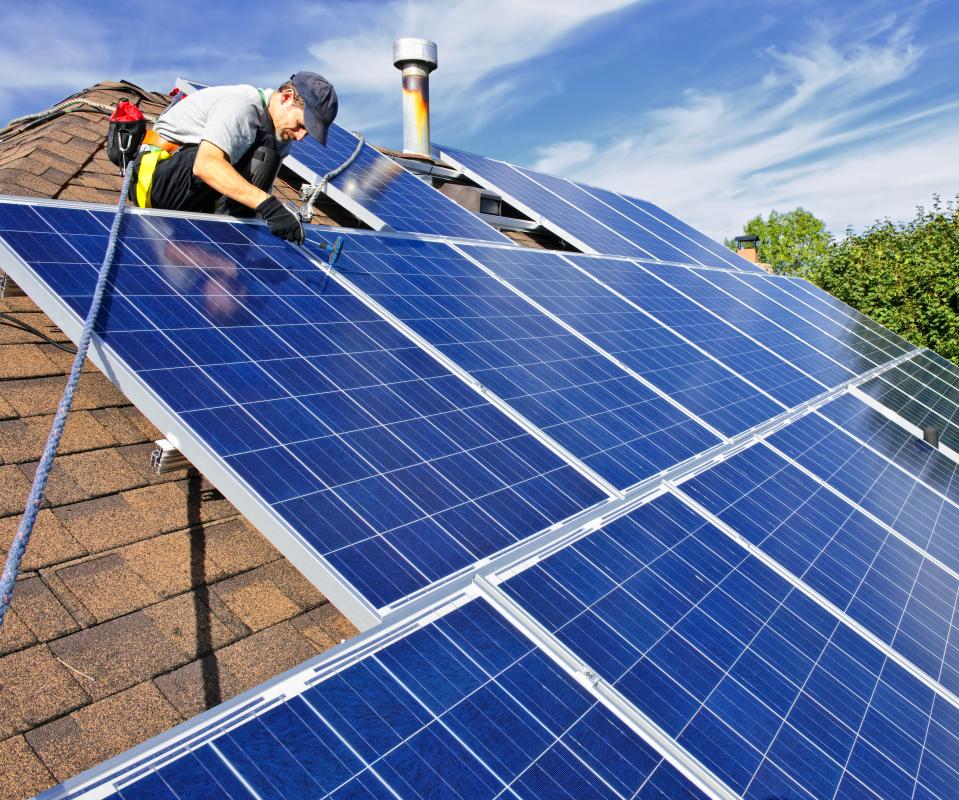What Is Renewable Energy?
 Michael Anissimov
Michael Anissimov
Renewable energy refers to energy sources that are natural, continuous, and large. This includes solar energy, wind energy, water energy, geothermal energy, and certain biofuels. The downside to renewable sources of energy is that they generally require a substantial amount of infrastructure to extract appreciable power. For example, collecting solar energy requires expensive solar panels. Harvesting wind energy requires wind turbines. Getting energy from flowing water requires dams, and so on.
Unlike fossil fuels, which are finite and release harmful emissions into the atmosphere when burned, renewable energy sources are environmentally friendly and sustainable. Many countries are investing in renewable energy to reduce their dependence on fossil fuels and move towards a more sustainable future. For example, solar panel installations convert sunlight into electricity, while wind turbines harness wind power. Hydropower plants generate electricity from water flow, and biogas facilities turn organic matter, such as manure into methane gas that can be used for heating or powering vehicles.

Today, renewable energy is poorly exploited. Most countries get less than 10% of their power from renewable energy sources. Fossil fuels are easier to come by, and they currently return more power per dollar invested in extracting them. Certain countries, like Iceland and Norway, get as much as 99% of their power from renewable energy sources, but this is because they are located conveniently in areas where there is abundant geothermal activity. For other countries to transition to renewable energy will require significant investments and starting costs.

Investments in renewable energy have been increasing since the environmental movement of the 1960s and 70s, and more recently due to renewed concerns about global warming and Peak Oil. Fossil fuels pollute the earth, are limited in nature, and are controlled by undemocratic states in politically volatile regions. Using our limited quantities of fossil fuel energy to invest in a renewable energy infrastructure seems like a wise collective decision for the human species to make.

Ultimately, the renewable energy source that will offer the greatest amount of power is solar energy. There are millions of venture capital and government dollars being invested in start-ups seeking to boost the efficiency and reduce the cost of solar cells, and progress is being made. Solar furnaces, which condense the sun's rays into a focus with mirrors, then use that heat to boil liquid and run turbines, are an even more efficient means of harnessing solar energy than conventional solar panels. The surfaces of the world's oceans are largely unused, and life in certain parts of the sea is very scarce, making them ideal venues for deploying floating solar panels that power the world's cities. Eventually, we will exploit the gargantuan volumes of space to set up solar panels and beam power to where it is needed.

In the meantime, we can extract appreciable quantities of energy from other renewable sources such as water and wind. For example, the recently completed Three Gorges Dam in China will produce 18 gigawatts of continuous power when all its generators are installed. This will supply about 3% of the national demand for electricity. The project cost roughly under a billion US dollars (USD).
AS FEATURED ON:
AS FEATURED ON:















Discussion Comments
@ GlassAxe- I respect your opinion, but I must ask you in return how you expect to accomplish the three things you listed. How will we accomplish this when we spend so much in the search for energy, we only have enough oil in the arctic to supply the United States for about 2 years, and our economy is in the dumps because it is based on consumerism and we have outsourced all of our industry?
Sixty percent of the federal budget is spent on the military industrial complex, which is due to wars partially started to secure oil rights for the biggest oil consumer in the richest oil region. All the oil in the gulf and ANWAR would only be a stopgap for the inevitable, and the we spend somewhere around five to eight times what we do on renewable energy on oil and coal. Why do we have a system where oil and coal companies are essentially deadbeats on welfare? They take taxpayer money, and pay no U.S taxes. Don’t believe me…check their tax returns.
@ Alchemy- I understand what you are saying, but is it really the right time to spend billions of dollars developing renewable energy technology like wind, solar, tidal, and biofuels when we are in the middle of a recession? What we need to do is stop spending, drill more of our own oil, and get ourselves out of this recession.
What a great article! I especially appreciated the attention paid to peak oil and petropolitics in the third paragraph. So many people think of renewable energy as a part of the environmental movement, but it is so much more than that. Articles like this help to remove the stigma that surrounds renewable energy.
There are more reasons to develop renewable alternative energy than just the environmental reasons. Energy drives all global industries, drives population growth, and is integral to the survival of modern humanity. Until people understand the dynamic between the environment, the economy, social equity, and energy, we will be caught in the grips of a global energy crisis. We cannot begin to fix the bulk of society’s problems without shifting the energy balance away from unstable sources of energy.
Post your comments